#Liliuokalani
Explore tagged Tumblr posts
Text
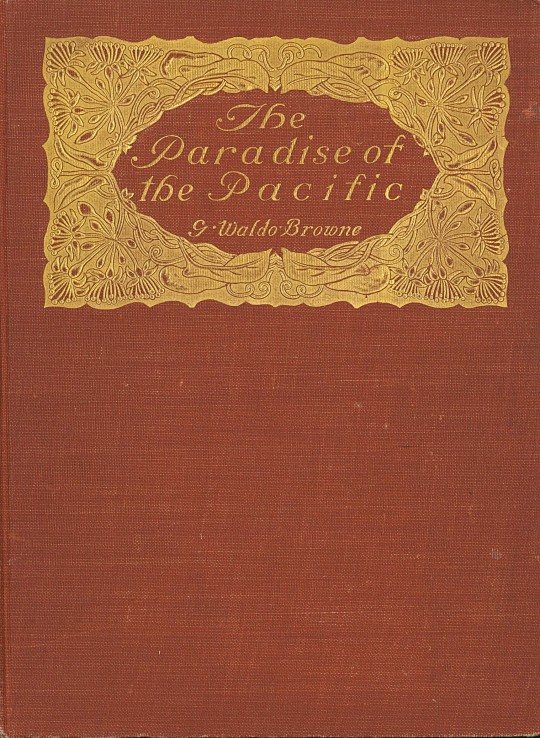
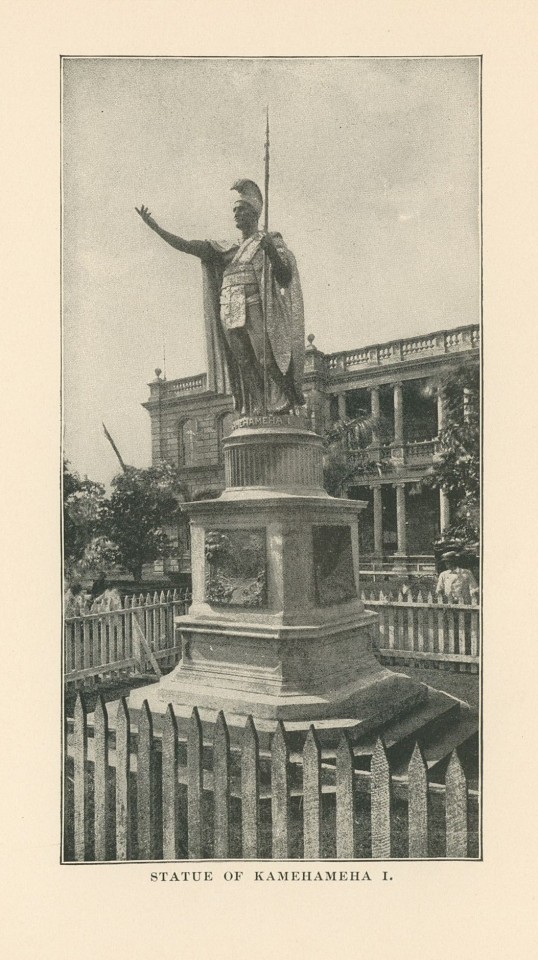
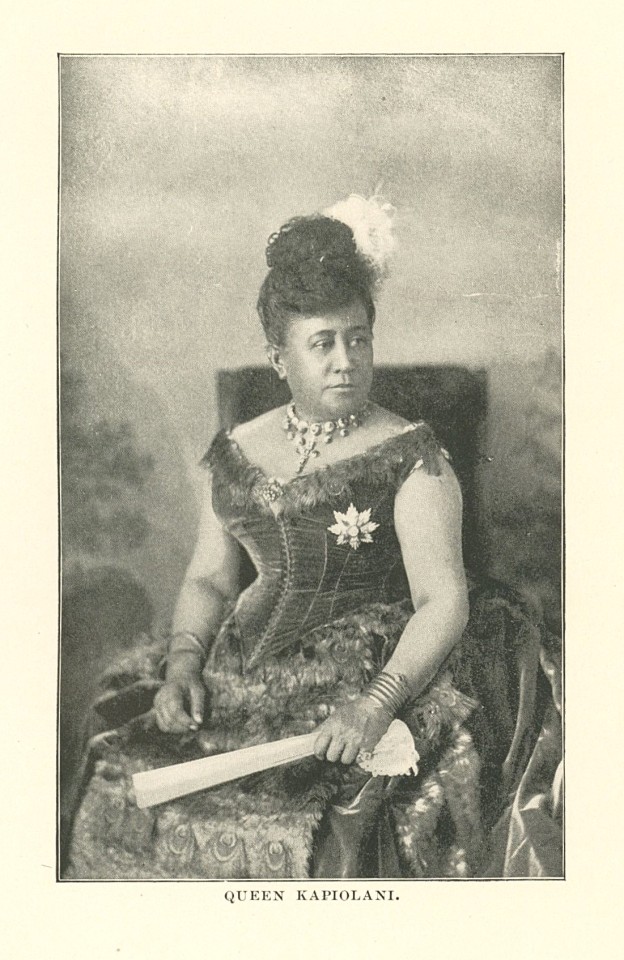
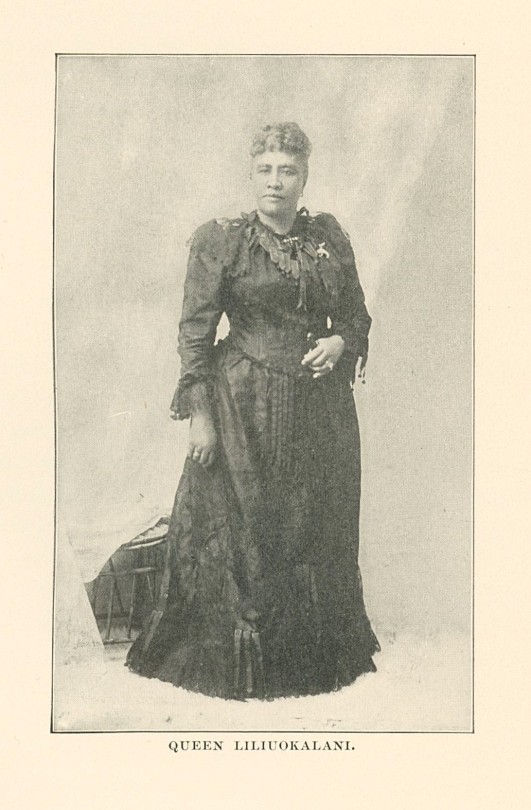
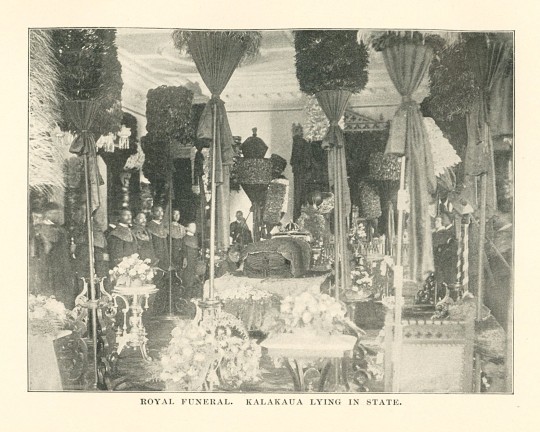
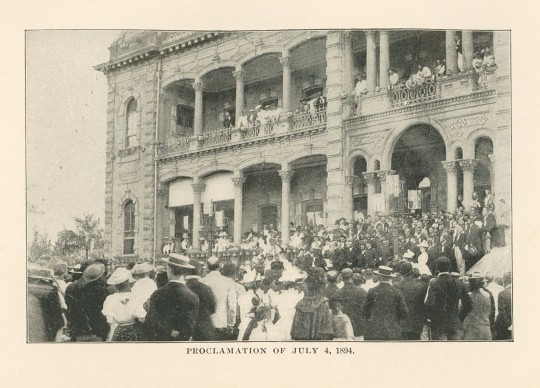
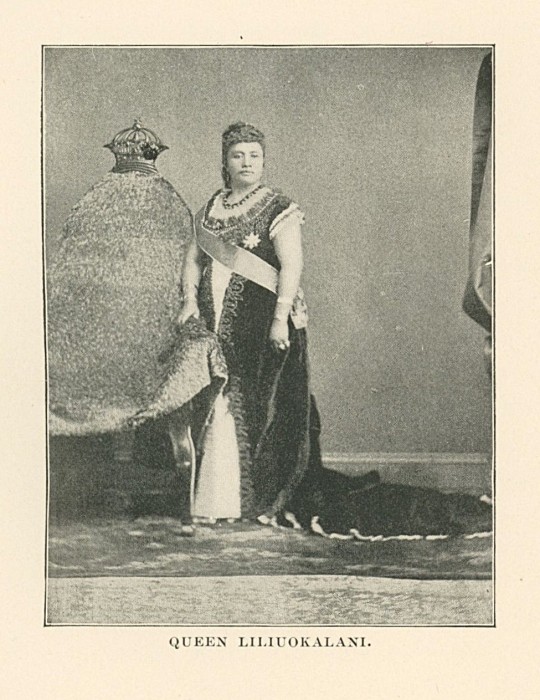
Milestone Monday
On this date, August 12 in 1898, The Hawaiian flag was lowered from ʻIolani Palace in an elaborate annexation ceremony and replaced with the flag of the United States to signify the transfer of sovereignty from the Republic of Hawaii to the United States. We mark this unhappy milestone with images from writer and editor G. Waldo Browne's (1851-1930) historical work The Paradise of the Pacific; The Hawaiian Islands, published in Boston by Dana Estes & Company in 1900.
This was certainly not the first indignity suffered by the sovereign people of these islands. In 1887, King Kalākaua was forced under threat of violence to sign the 1887 Constitution of the Kingdom of Hawaiʻi. Drafted by white businessmen and lawyers, the document stripped the king of much of his authority and disenfranchised most Hawaiians and immigrant laborers and favored the wealthier, white elite.
In 1893, a group European-American business leaders and residents successfully engineered a coup d'état against Kalākaua's sister and successor Queen Liliʻuokalani and established the Republic of Hawaiʻi led by a non-indigenous oligarchy. Their goal, however, was the eventual annexation by the United States. Royalists staged a failed counter-coup in 1895. 123 troops were taken into custody as prisoners of war, along with a mass arrest of nearly 300 more men and women, including Queen Liliʻuokalani, as political prisoners intended to incapacitate the political resistance.
The coup of 1893 was certainly illegal, and this was recognized by the U.S. government following the Blount Report and the later Morgan Report. Nevertheless, the white leaders of the Republic still successfully realized their goal with the ultimate annexation by the United States on August 12, 1898. G. Waldo Browne notes that the lack of Native Hawaiians at the annexation ceremony was conspicuous:
A noticeable feature of the occasion was the small number of Hawaiians witnessing the event. They were showing their affection for their former queen, who had returned to her native land a few days before. . . . To-day their absence spoke, more forcibly for them than any words could have done, their feelings. In more ways than one the occasion reminded the spectators of a funeral, which it partly was: the last rites over the traditional government.
In 1993, Congress passed, and President Bill Clinton signed, a joint Apology Resolution regarding the 1893 overthrow: "The Congress—on the occasion of the 100th anniversary of the illegal overthrow of the Kingdom of Hawaiʻi on January 17, 1893, acknowledges the historical significance of this event which resulted in the suppression of the inherent sovereignty of the Native Hawaiian people." In 2009, however, the U.S. Supreme Court asserted that the Apology Resolution had no legally binding effects, unanimously deciding that Hawaii could not assert independent sovereignty as it had already been admitted into the Union over 30 years earlier.
View more posts on Hawaii.
View more Milestone Monday posts.
#Milestone Monday#milestones#Hawaii#annexation of Hawaii#G. Waldo Browne#The Paradise of the Pacific#Dana Estes & Company#Liliʻuokalani#Liliuokalani#Republic of Hawaiʻi#Apology Resolution of 1993#photographs
36 notes
·
View notes
Text

Liliuokalani in 1865, photographed by Charles L. Weed
18 notes
·
View notes
Text






Royal Birthdays for today, September 2nd:
Marie Josephine of Savoy, Comtesse de Provence, 1753
Louis Bonaparte, King of Holland, 1778
Liliuokalani, Queen of Hawaii, 1838
Louise of Austria, Crown Princess of Saxony, 1870
Elisabeth Marie, Austrian Archduchess, 1883
Miriam, Crown Princess of Bulgaria, 1963
#marie josephine of savoy#louis bonaparte#liliuokalani#elisabeth marie of austria#crown princess miriam#louise of austria#long live the queue#royal birthdays
8 notes
·
View notes
Photo

“i find the last queen of hawaii incredibly inspirational. She shows that culture and history and civilization is not carried in boundaries and laws, but ultimately in our veins, our hearts, and our lives. ❤️” - Submitted by Anonymous
28 notes
·
View notes
Text
By the way if you are pro-Palestine but not pro-Hawaiian Sovereignty are you really pro-Palestine? Or are you just saying it because it’s trendy?
Know your morals. Understand the situation. Learn what you are fighting for and then keep fighting for it.
#free gaza#free palestine#palestine#gaza#gaza strip#gaza genocide#gazaunderattack#eyes on rafah#all eyes on rafah#fuck israel#fuck america#hawaii#hawaiian kingdom#hawaiian culture#Hawaiian sovereignty#Queen Liliuokalani#free hawaii#hawaii annexation
38 notes
·
View notes
Photo
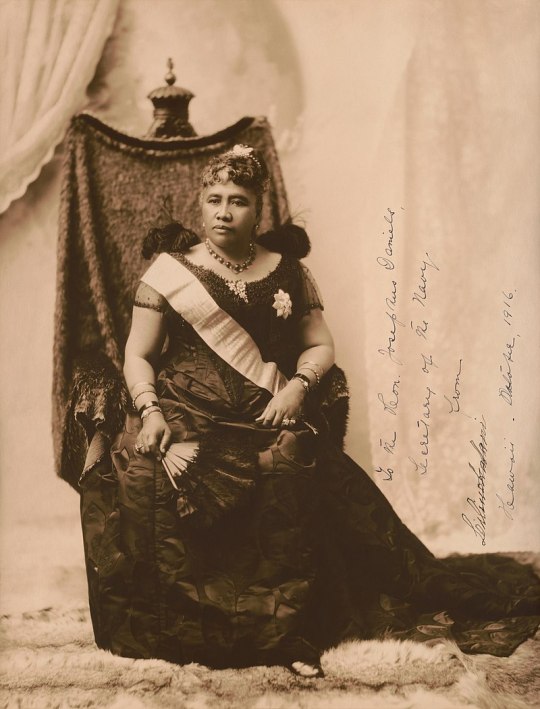
Queen Lydia Lili’uokalani (Kaʻiulani's aunt)
Kaʻiulani's aunt was the last reigning monarch of Hawaii. Queen Lydia Liliʻu Loloku Walania Kamakaʻeha ruled from January 29, 1891, until the overthrow of the Hawaiian Kingdom by a coalition of American businessmen, led by Sanford Dole, on January 17, 1893. The composer of "Aloha ʻOe" and numerous other works, she wrote her autobiography Hawaiʻi's Story by Hawaiʻi's Queen during her imprisonment following the coup.
132 notes
·
View notes
Text
Is tourist indigestion in Peru called Atahualpa's revenge?
#we may supposably do this for everywhere in the colonized world#nehru's revenge#liliuokalani's revenge#etc#peru#francisco pizarro
6 notes
·
View notes
Text
youtube
DID HAWAI`IʻS QUEEN ABDICATE OR NOT?
Some Say Yes & Some Say No.
But What About That Document She Signed?
It All Comes Down To What She Actually Did & Did Not Do.
Confused? Watch This As We Piece It All Together With The Answer.
#Free Hawaii TV#Free Hawaii Broadcasting Network#Ehu Kekahu Cardwell#Koani Foundation#Queen Liliuokalani#IllegalOverthrow#Youtube
4 notes
·
View notes
Text

#Queen Liliuokalani#Kingdom of Hawaii#Native Hawaii#Native Hawaiian#history#portrait#National Portrait Gallery#Smithsonian#Washington DC
2 notes
·
View notes
Text
June 1900 Hawaii becomes a territory
Dole, Cleveland and Hawaii On July 6, 1898 the Republic of Hawaii was annexed to the U.S. after Congress passed the Newlands Resolution, the culmination of nearly thirty years effort to bridge the two. The Sugar Fix Hawaii’s importance increased with the aftermath of the Civil War and the concurrent rise in sugar prices. In the United States sugar had always been supplied by the southern…

View On WordPress
#Great American Eclipse#Hawaii Annexation#June Event#Queen Liliuokalani#Reciporcity Treaty Of 1876#Sanford Dole#Search For Sugar
0 notes
Note
☎️
You In Billy's Phone? :: Accepting
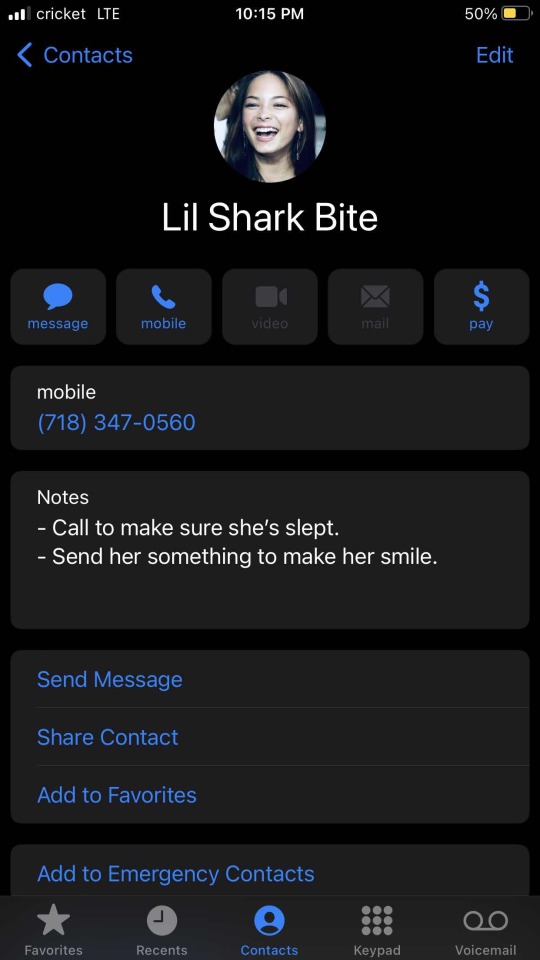
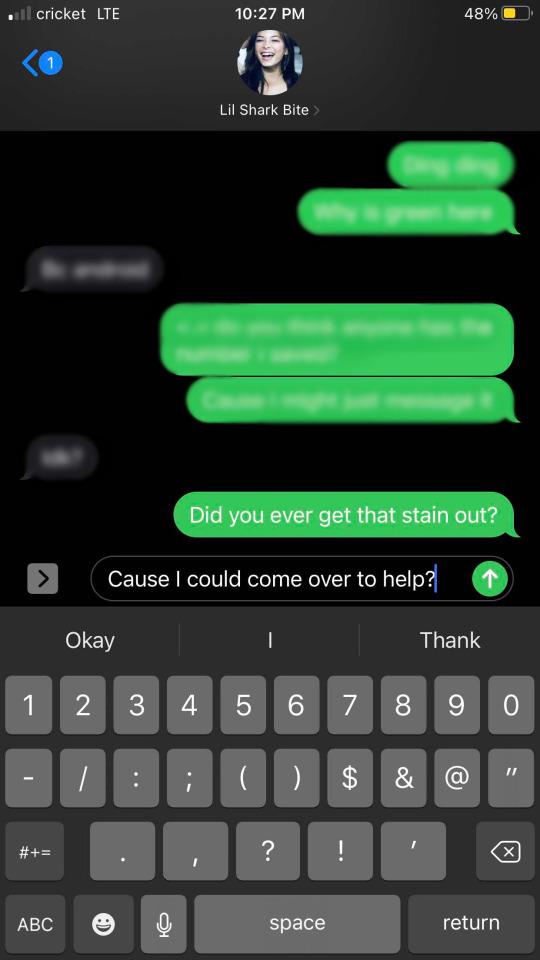
#::: { asks } so does this mean ann margret's not coming?#Her ringtone: Aloha 'Oe - Queen Liliuokalani#brooklynislandgirl#::: { VERSES } As Deep As The Bluest Sea
1 note
·
View note
Text

Mary Elizabeth Mikahala Robinson Foster (1844-1930) was the daughter of a shipwrecked sailor, John James Robinson and Rebecca Prever, daughter of Kamakana, a Maui chiefess. She was sister of Mark P. Robinson, who served as Queen Liliuokalani's Minister of Foreign Affairs. She married Thomas R. Foster, the owner of a shipyard, a shipping agency and a number of schooners.
#historical fashion#Mary Elizabeth Mikahala Robinson Foster#1860s#19th century#victorian#maui#Kamakana
32 notes
·
View notes
Text
In the late 18th century, [...] Lahaina carried such an abundance of water that early explorers reportedly anointed it “Venice of the Pacific”. A glut of natural wetlands nourished breadfruit trees, extensive taro terraces and fishponds that sustained wildlife and generations of Native Hawaiian families.
But more than a century and a half of plantation agriculture, driven by American and European colonists, have depleted Lahaina’s streams and turned biodiverse food forests into tinderboxes. Today, Hawaii spends $3bn a year importing up to 90% of its food. This altered ecology, experts say, gave rise to the 8 August blaze that decimated the historic west Maui town and killed more than 111 people.
“The rise of plantation capital spawned the drying of the west side of Maui,” said Kamana Beamer, a historian and a former member of the Hawaii commission on water resource management [...].
---
[S]ugar and pineapple white magnates began arriving on the islands in the early 1800s. For much of the next two centuries, Maui-based plantation owners like Alexander & Baldwin and Maui Land & Pineapple Company reaped enormous fortunes, uprooting native trees and extracting billions of gallons of water from streams to grow their thirsty crops. (Annual sugar cane production averaged 1m tons until the mid-1980s; a pound of sugar requires 2,000lb of freshwater to produce.)
Invasive plants that were introduced as livestock forage, like guinea grass, now cover a quarter of Hawaii’s surface area. The extensive use of pesticides on Maui’s pineapple fields poisoned nearby water wells. The dawn of large-scale agriculture dramatically changed land practices in Maui, where natural resources no longer served as a mode of food production or a habitat for birds but a means of generating fast cash, said Lucienne de Naie, an east Maui historian [...].
“The land was turned from this fertile plain – with these big healthy trees, wetland taros and dryland crops like banana and breadfruit – to a mass of monoculture: to rows and rows of sugar cane, and rows and rows of pineapple,” she said.
---
The Great Māhele of 1848, a ground-breaking law that legitimized private land ownership, laid the ground for big developers to hoard water for profit, said Jonathan Likeke Scheuer, a water policy consultant and co-author of the book Water and Power in West Maui. [...] [T]he creation of private property allowed agricultural corporations to wield “political and ultimately oligarchic power” over elected officials. In 1893, a group of sugar magnates and capitalists overthrew the Hawaiian Kingdom’s Queen Liliuokalani, paving the way for the US to annex Hawaii five years later. Sanford Ballard Dole, a cousin of Dole Plantation’s founder, served as the first governor of Hawaii.
When the last of the sugar companies closed in 2016 [...], Scheuer said, the farms were purchased by large investors for real estate speculation and left fallow, overrun with invasive grasses that became fuel for brush fires. Developers [...] took control of the plantations’ century-old irrigation ditches and diverted water to service its luxury subdivisions. In doing so, it left scraps for Indigenous families who lived downstream. [...] [O]n Maui, 16 of the top 20 water users are resorts, time-shares and short-term condominium rentals equipped with emerald golf courses and glittering pools [...].
---
Text by: Claire Wang. "How 19th-century pineapple plantations turned Maui into a tinderbox". The Guardian. 27 August 2023. [Bold emphasis and some paragraph breaks/contractions added by me.]
270 notes
·
View notes
Note
What are some basic things to know about the Hawaiian government, back when it was still ran by Queens and such?
I assume it’s different than say, European royalty, but I’m struggling on how to find information for the government structures and what important roles are in the government
There's a great biography Queen Liliuokalani: The Hawaiian Kingdom's Last Monarch by Kale Makana which might be super helpful to you.
20 notes
·
View notes
Text
Ok I know I’m looking forward a decade or so but Araki!! Have a fight in part 9 take place in Liliuokalani park/wailoa park
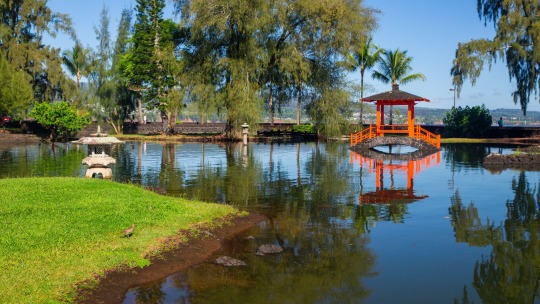

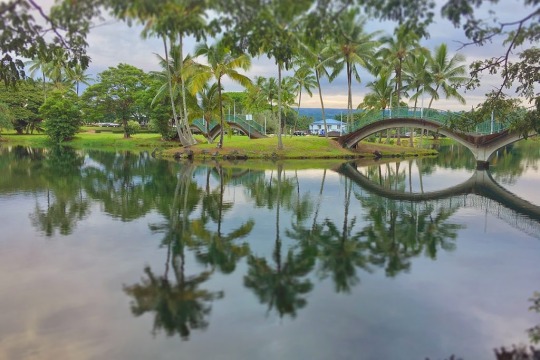

58 notes
·
View notes
